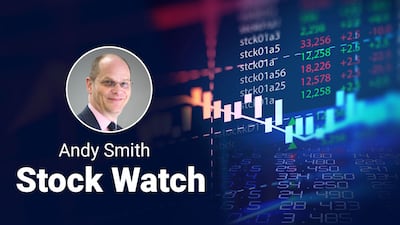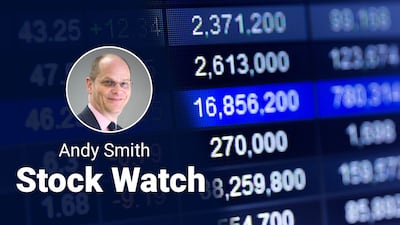Stock Watch
Regeneron epitomized best biotech practice by licensing its multi-blockbuster drugs to big pharma partners. Commercial success and the limitations of exclusivity have brought tensions to these relationships.
An investment only becomes appealing when all the ducks are in a row; if just one duck strays, investors can sense trouble and may hesitate before proceeding.
Pair trade strategies – using the stocks of two companies competing against each other with similar products – can be applied to pharmaceutical companies. Better still, where a winner and loser are correctly anticipated, a directional bias can increase profits.
AstraZeneca reported healthy results for the third quarter and its share price went up. Bayer reported poor results and its share price went up even more.
As the tide keeps receding on Pfizer’s pandemic product revenues, their replacement was to come from acquisitions. Seagen and Metsera have shown that execution and overpaying are key risks.
Reduced immunization rates in the US marred the results of both GSK and Merck, but with Merck’s biggest drug approaching its loss of exclusivity, lower vaccine sales and sluggish new product revenues spooked investors. GSK left more room for optimism.
Stock reactions to Sanofi’s and Novartis’s third-quarter results differed and involved a number of moving parts, including weak influenza vaccine sales at Sanofi. Both results were dominated by sales of their biggest drugs.
With third-quarter sales down year-on-year and quarter-on-quarter, Roche instead emphasized its performance over the first nine months of 2025, leading on the cumulative foreign exchange impact in the year to date to explain softer sales growth.
Despite announcing sales growth that is currently weathering the storm of one of its biggest losses of exclusivity and a spin-off of its orthopedic division, J&J’s stock price weakened after its earnings announcement. Investors probably wanted more visibility on MFN.
Leaning on the “totality of the data” despite proof of functional efficacy, some biotechs seek conditional approval for rare disease drugs. The experiences of PTC, Sarepta, Sage and Intercept illustrate the risks of this approach.
Raising UK drug prices and offering lower list prices only to those US patients who are under- or uninsured were the industry’s initially cosmetic answers to the administration’s most favored nation drug pricing challenge. Then Pfizer stepped in.
The US political environment and vaccine hesitancy by the general population have affected the sale of safe vaccines with clinical utility and no competition. The confusion and contradictions in the recent ACIP meeting are likely to stoke these pressures further.
The removal of a lower-dose version of a drug with years of patent-protected sales remaining in favor of a higher dose, lower-pill count version was billed as a convenience enhancement for patients. Payers, however, do not reimburse convenience.
The first approved anti-PD-1 antibody to market eased ahead of later entrants by sales. But efficacy, tolerability and ease of administration are factors that count beyond first-mover advantage.
Financial announcements that report falling sales or profits may result in share price weakness, while big restructurings, or their extended continuation, can elicit protest votes from shareholders.
Pfizer showed how to come out on top with investors during earnings season. Post strong sales growth – and avoid mentioning tariffs, most favored nation pricing or Medicare modernization impacts.
The investor enthusiasm that greeted initial second-quarter pharma earnings announcements was dampened by the results from Sanofi and Merck & Co. Sanofi was particularly punished by investors despite overall growth, while Merck’s revenue fall was probably baked into expectations.
While second-quarter revenue growth bolstered both the UK’s big pharma companies, some of that growth may have been catch-up from the weak first quarter. This resulted in sales of even seasonally weak off-patent products, growing.
With drug sector indexes underperforming the broad market in the first half of 2025, investors may have been anticipating tariff-related and other headwinds. But impending loss of exclusivity on key products may be provoking more anxiety at this point.
Pharma company financial guidance emerged largely unscathed from a first quarter punctured by a weakening US dollar and threats of import tariffs on drugs. With other pressures either already evident or on the horizon, guidance revisions may be unavoidable.



